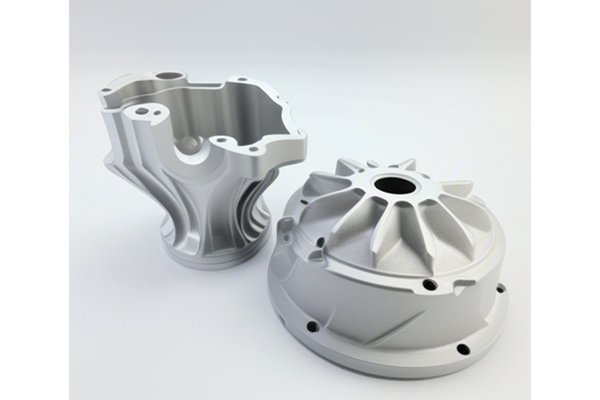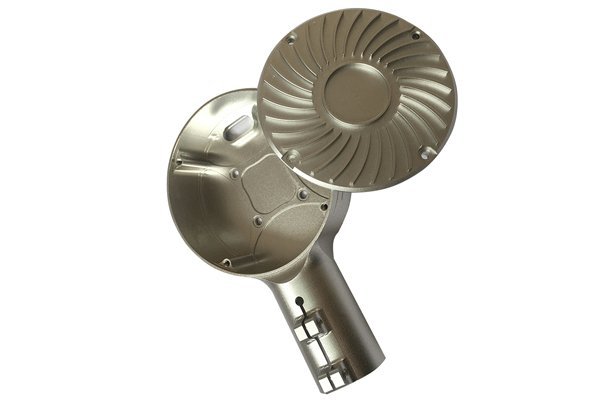Did you know that the global CNC (Computer Numerical Control) machining market is expected to reach over $100 billion by 2025? This staggering figure represents not only the growth of the industry but also the sophistication and reliability that CNC machining can bring to manufacturing processes, particularly in terms of part identification and traceability. As companies strive to enhance efficiency, quality, and accountability, understanding how CNC machining achieves these goals begs the question: How does CNC machining ensure part identification and traceability throughout the production process?
In industries where precision and reliability are paramount — such as aerospace, automotive, and medical manufacturing — tracing a part’s lineage from raw material to completion is not just a best practice, it’s often a regulatory requirement. This blog will delve into the methodologies and technologies deployed in CNC machining for robust part identification and traceability. We will explore the following aspects:
Understanding CNC Machining
CNC machining refers to processes in which pre-programmed computer software dictates the movement of factory tools and machinery. It gives manufacturers the flexibility to produce complex parts with precision and repeatability. The CNC process encompasses various machining operations, including milling, turning, and drilling.
One of the main benefits of CNC machining is its ability to adapt to various materials; from metals like aluminum and steel to plastics such as POM and nylon. This versatility is beneficial for industries producing parts that require specific characteristics, such as strength, weight, and durability.
Importance of Part Identification and Traceability
In manufacturing, part identification and traceability play a crucial role. Here are a few reasons why:
Key Technologies in CNC Machining
To implement part identification and traceability effectively, CNC machining relies upon several technologies:
Methods for Ensuring Traceability
Implementing a comprehensive traceability system requires several key methods:

Implementing Vigilant Tracking Protocols
The implementation of effective tracking protocols can greatly enhance part identification and traceability. Here’s how to set up such a system:
Case Studies Illustrating Successful Practices
To solidify these concepts, let’s look at some successful examples of CNC machining with effective part identification and traceability systems.
A leading aerospace manufacturer faced issues with component audits. They implemented RFID tagging to track parts throughout the manufacturing process. This allowed them to conduct audits in real-time, drastically improving accuracy and reducing labor costs.
An automotive supplier experienced production delays due to untraceable parts. By integrating a barcode system and a centralized database, they ensured real-time tracking of parts. Consequently, they recorded a 30% reduction in operational downtime due to enhanced traceability.
A medical device company needed to adhere to stringent regulations on traceability. By utilizing cloud technology and documenting each process step in real-time, they maintained compliance and improved their quality control metrics.
Challenges and Solutions in Maintaining Traceability in CNC Machining
While the benefits of traceability are clear, challenges do exist:
Future Trends to Watch For
As CNC machining continues to evolve, several trends promise to enhance part identification and traceability:
In summary, CNC machining’s ability to ensure part identification and traceability throughout the production process is indispensable. By employing technologies such as RFID, barcoding, and cloud data management, manufacturers can achieve unparalleled levels of precision, compliance, and customer trust.
The systems and methods outlined in this blog not only improve production efficiency and quality control but also provide a safeguard against the repercussions of product recalls and liability issues. As industries continue to evolve, understanding how to leverage these techniques will be crucial for maintaining a competitive edge.
As fitting as it is, the CNC machining landscape is as intricate as the designs it creates, and effective traceability remains a critical thread weaving through manufacturing’s future success. Embracing robust part identification and tracking measures is not simply recommended — it’s essential for anyone serious about excellence in manufacturing.






